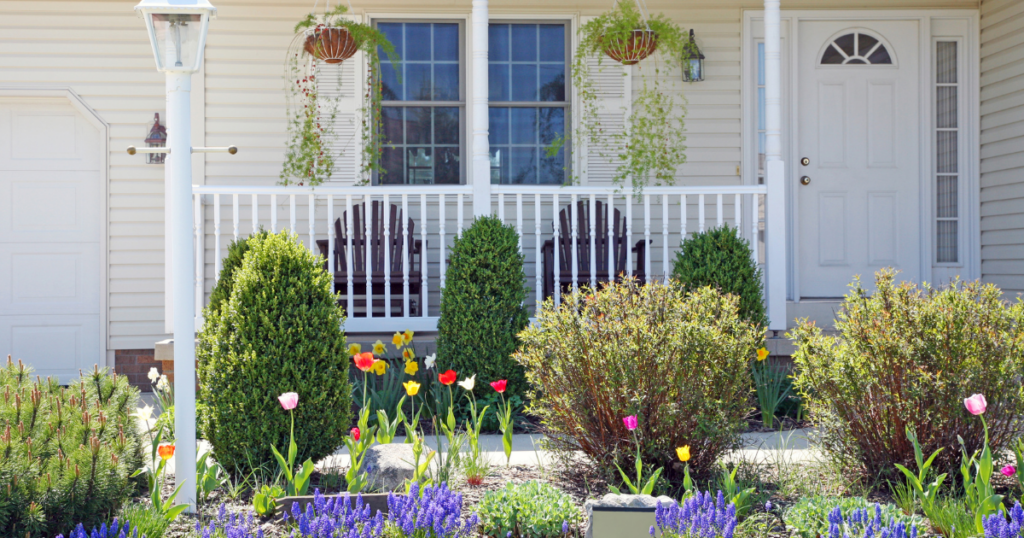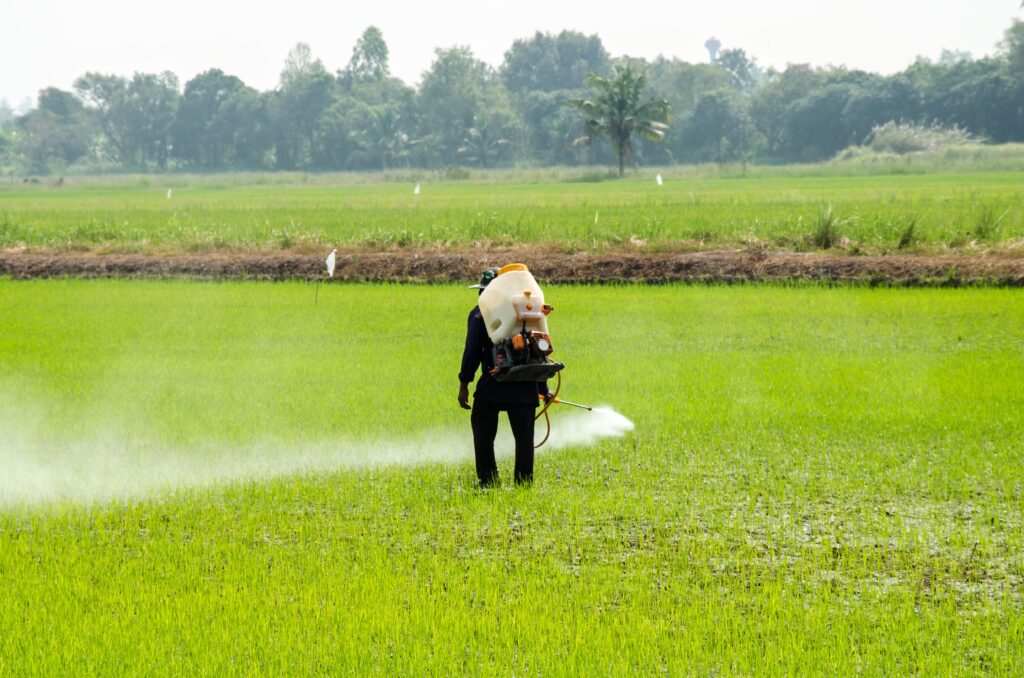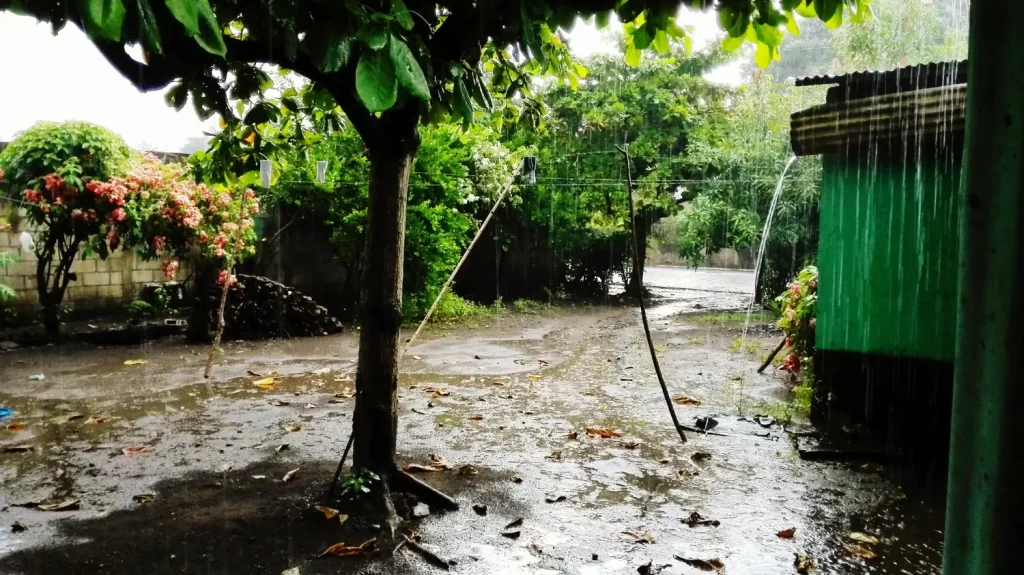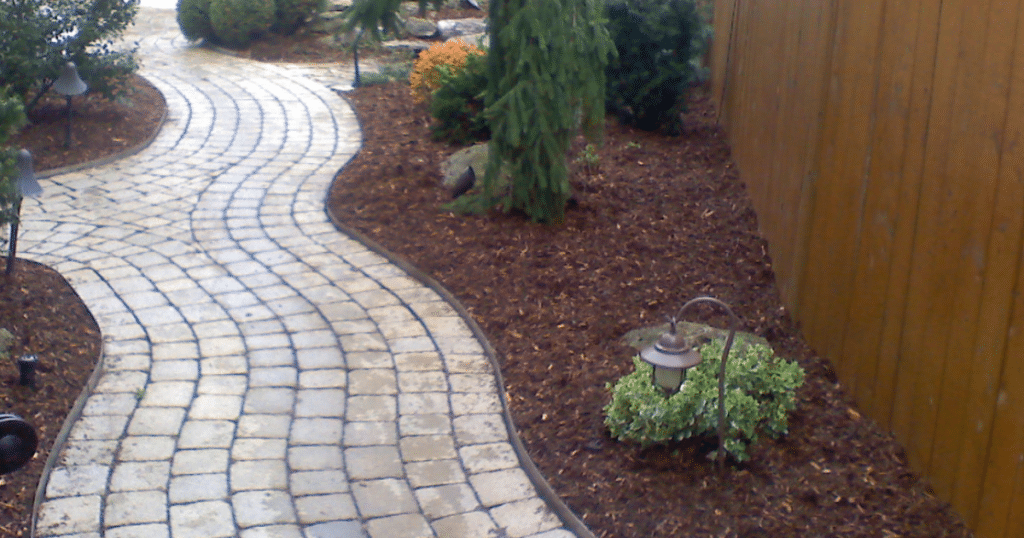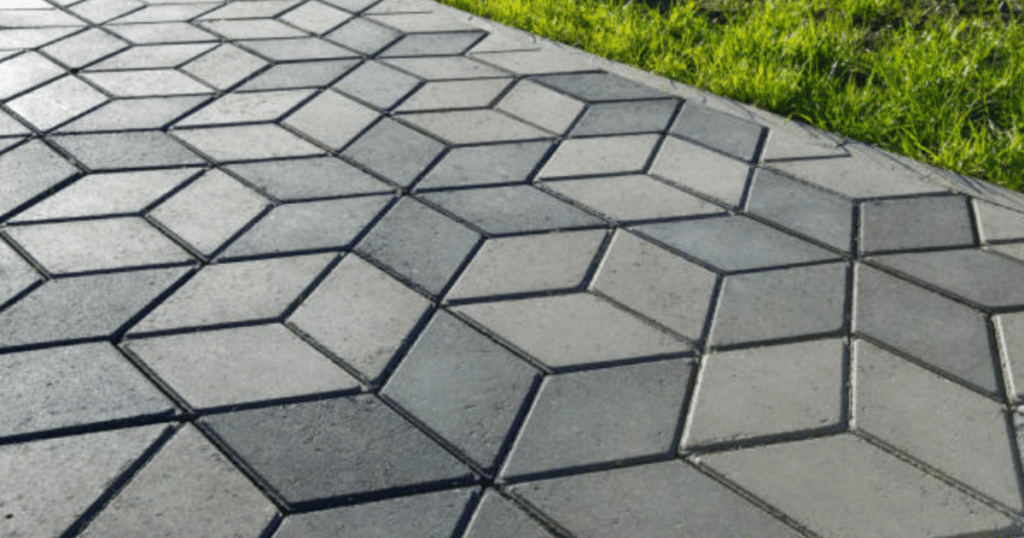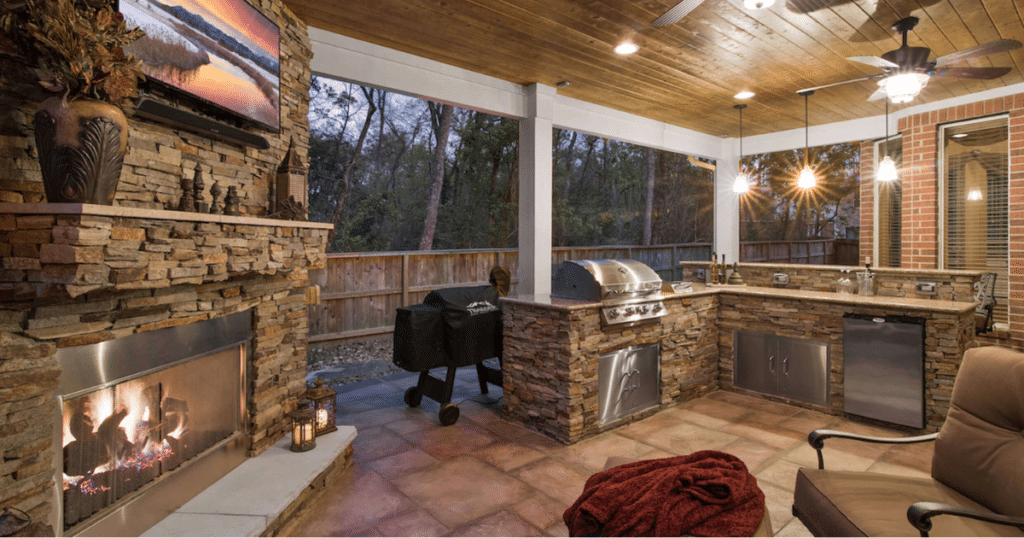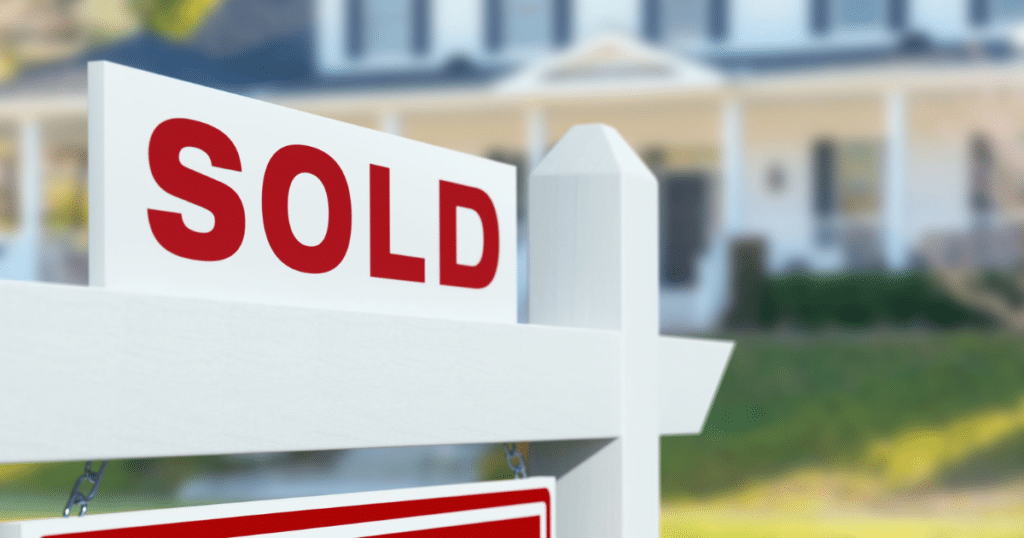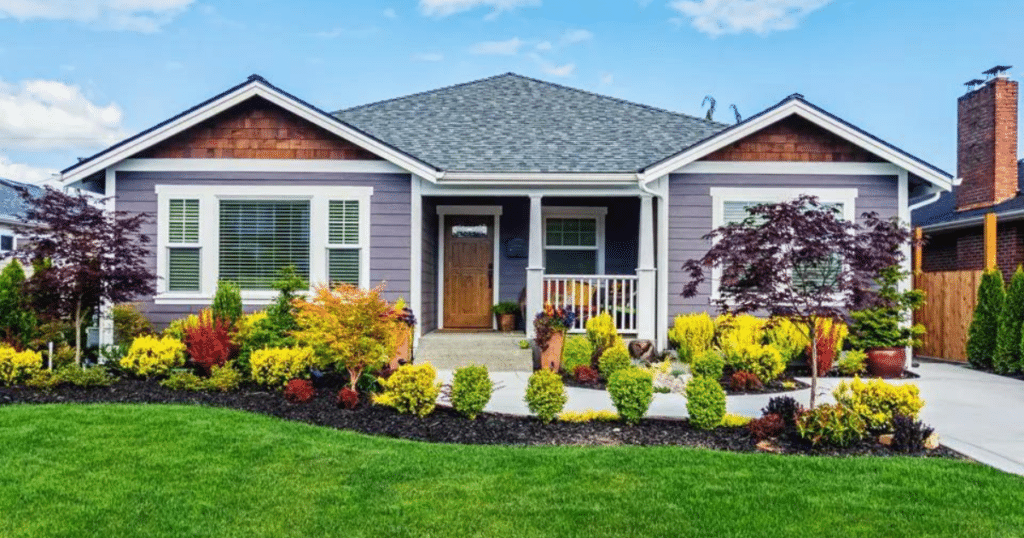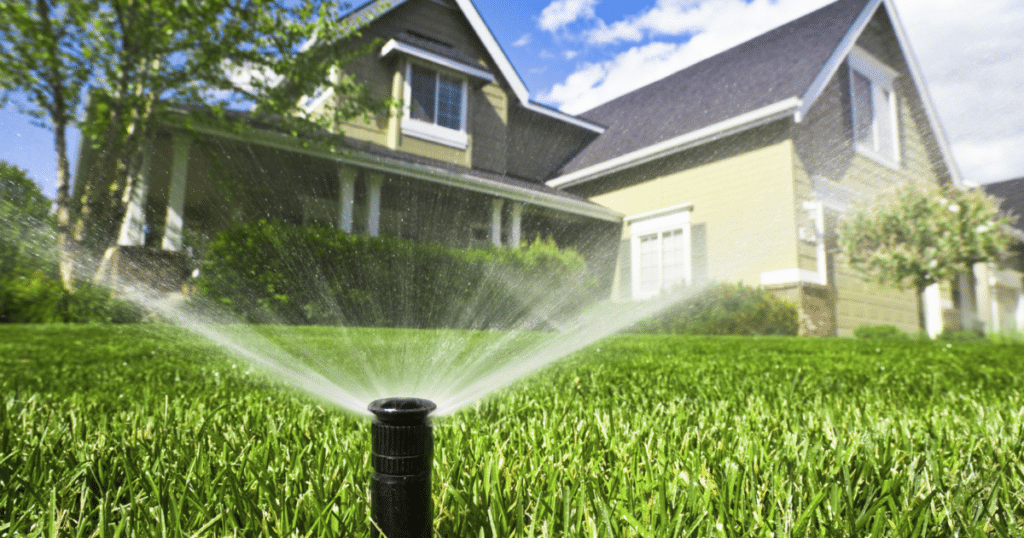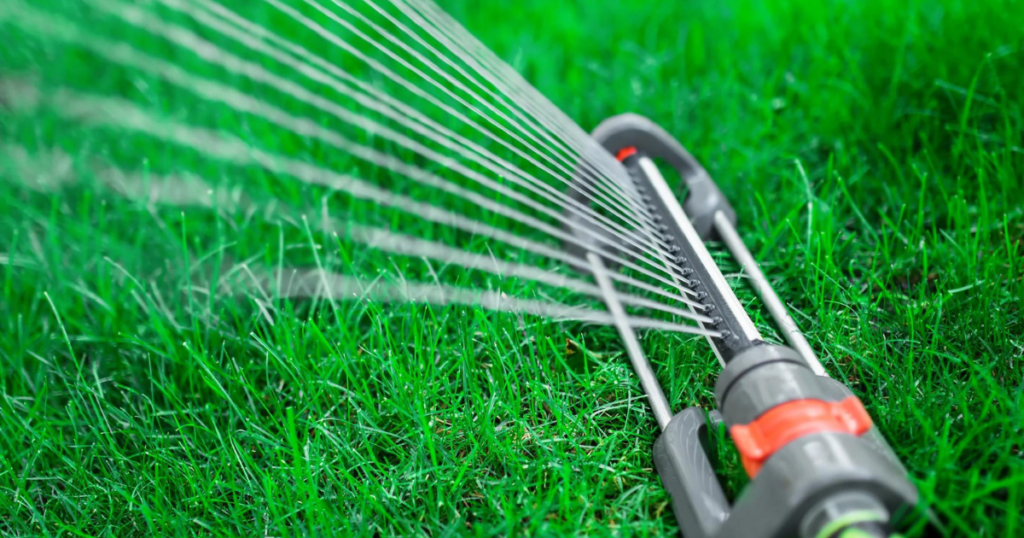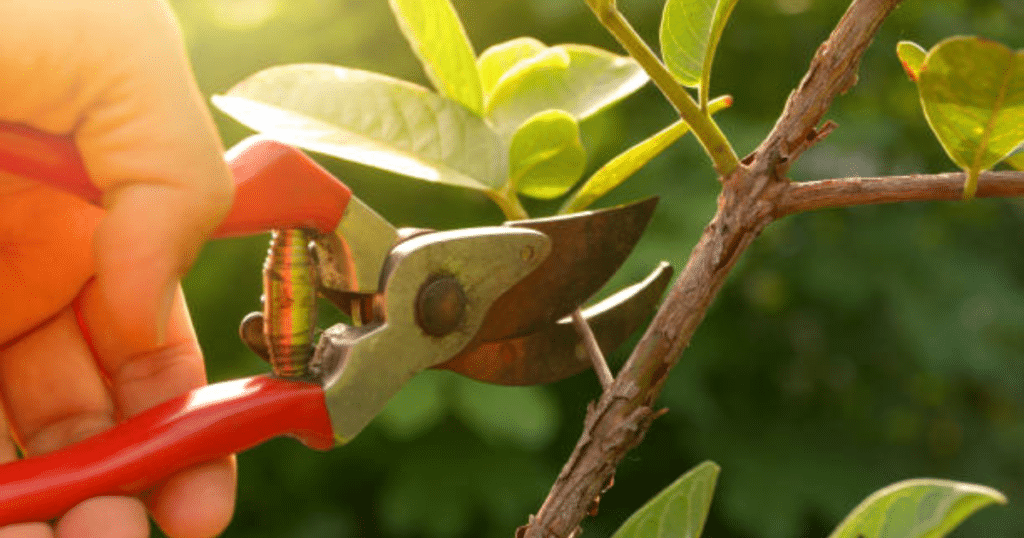Retaining walls play a vital role in supporting and stabilizing soil, preventing erosion, and creating visually appealing landscapes. However, over time, these structures can deteriorate, compromising their functionality and aesthetic appeal. Paramount’s construction experts will walk you through the crucial signs that indicate your retaining wall may need repairs.
Water Damage
Retaining walls are exposed to constant moisture, making them susceptible to water damage. If you observe signs of water accumulation, such as pooling or seepage behind the wall, it’s crucial to investigate further. Excessive water pressure can weaken the wall, causing erosion, dampness, and compromising its stability. Timely repairs or waterproofing measures can prevent further deterioration and preserve the wall’s integrity.
Vegetation Growth
While plants and shrubs near a retaining wall can enhance its appearance, excessive vegetation growth can indicate underlying issues. If you notice an abundance of weeds, grass, or plant roots protruding from the wall, it may be a sign of weakened structure or poor drainage. These plants can exacerbate existing cracks, compromise the wall’s strength, and accelerate the need for repairs.
Tilting or Bulging
A leaning, tilting, or bulging retaining wall is a clear indication of instability. These visible signs suggest that the wall is unable to withstand the pressure from the soil it is meant to retain. Factors such as inadequate reinforcement, improper construction techniques, or excessive soil weight can contribute to this problem. Addressing these issues promptly is crucial to preventing potential collapse and ensure the long-term stability of the retaining wall.
A well-maintained and structurally sound retaining wall is essential for both practical and aesthetic reasons. By paying attention to the warning signs discussed in this blog post, you can identify potential problems early and take the necessary steps to address retaining wall repairs, ensuring their longevity and functionality.

